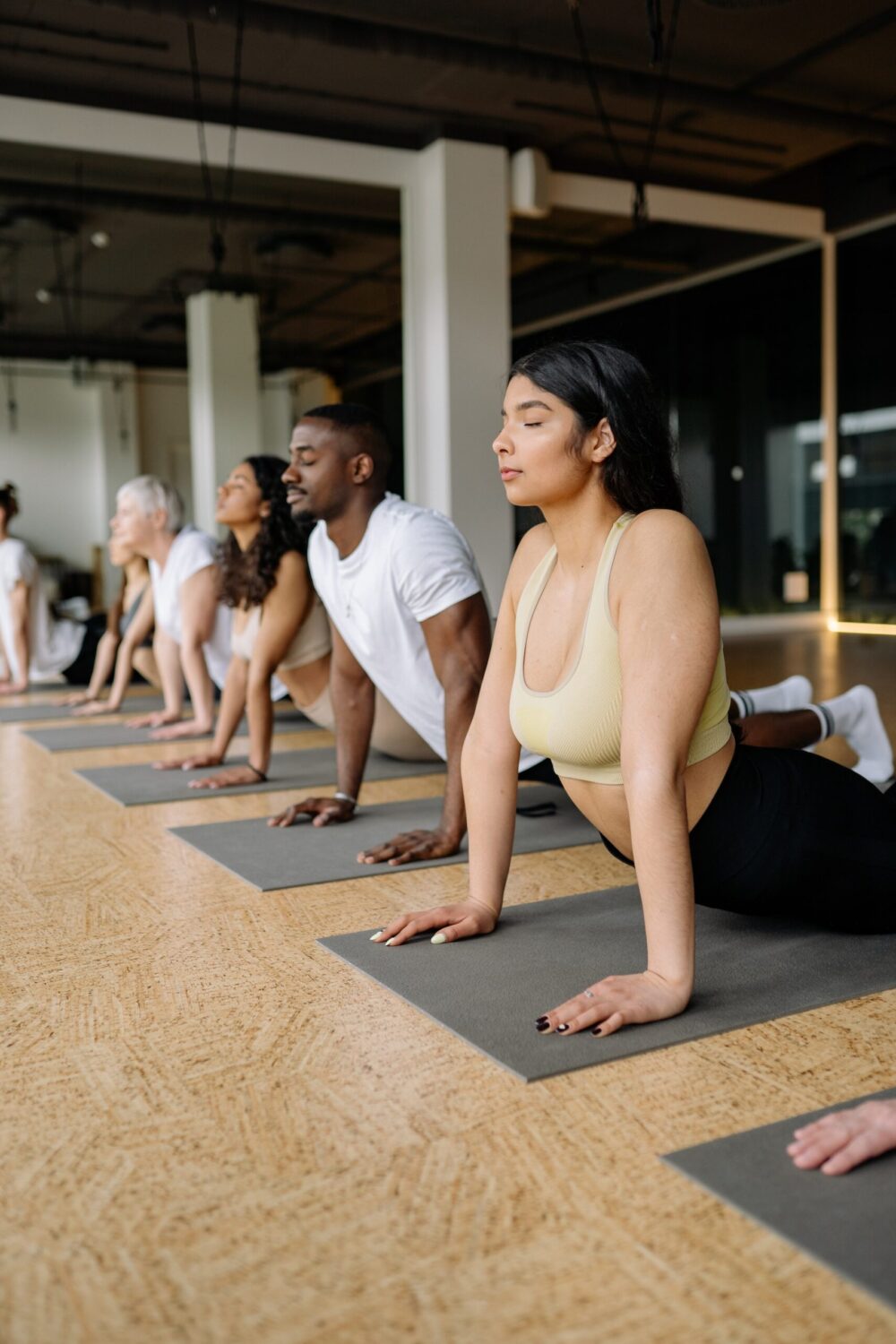Introduction
Cardiovascular capacity is a valuable resource in any fast-paced or high-intensity environment, from sports to everyday life. In this guide, we will discuss the importance of VO2 max, what role yoga can play in increasing this capacity, and how to use yoga to reach your peak aerobic potential.
I. Why You Should Increase Your VO2 Max
VO2 max, or maximal oxygen uptake, is defined as the maximum amount of oxygen a person can take in and use over a certain period of time. Your VO2 max is a signifier of your cardiovascular/aerobic capacity, and it can also contribute to your overall stamina and endurance during physical activity.
Having a high VO2 max can have a huge range of benefits, such as:
– Increased physical performance
– Improved endurance
– Reduced risk of fatigue and exhaustion
– More energy
– Lower risk of injury
Having a high VO2 max is associated with a long list of health benefits, such as improved metabolic health, lower blood pressure and a healthier heart, as well as reduced risk for age-related health issues.
Additionally, having a higher VO2 max can contribute to improved mental and emotional well-being, as well as increased self-assurance due to greater physical capabilities.
II. What Studies Say About Increasing VO2 with Yoga
Studies have found that yoga can have a positive effect on a person’s VO2 max, with regular practice leading to significant increases over time.
III. How to Increase VO2 Max with Yoga
Now that we’ve discussed the importance of VO2 max and the benefits of increasing it through yoga, it’s time to discuss how to use yoga to reach your peak aerobic potential.
1. Start Simple
Before attempting more intense practices, begin with simple, gentle stretches. Focus on warming up your muscles and practicing breathing exercises to prepare your body for the more intense practices ahead. Use your practice to become aware of your body and how it moves – observe the muscles that are tightened and those that are relaxed, how your breath affects your movements, and how different poses affect your mental state.
2. Incorporate Ujjayi Breathing
Ujjayi breath (also known as victorious breath) is a type of deep breathing that involves slowly inhaling and exhaling with your mouth closed, with the audio of your breath resembling the waves of the ocean. This type of breathing engages the diaphragm and guides the breath deep into the belly.
As you practice Ujjayi breath, you become more aware of your breath, and you are able to gauge your physical and mental readiness to move into more intense postures.
3. Choose the Right Poses
Once you’re ready to take your practice to the next level, choose poses that benefit cardiorespiratory health. Examples include poses that stretch the chest muscles, such as Urdhva Mukha Svanasana (Upward-Facing Dog Pose), Setu Bandha Sarvangasana (bridge pose) and Chaturanga Dandasana (Four-Limbed Staff Pose). These postures also open the chest and stimulate the heart and lungs, allowing for improved oxygen flow throughout the body.
4. Move From Pose to Pose
Once you have selected your poses, incorporate a flow to your practice. Linking different postures together helps to build strength and endurance, as well as increase your heart rate. When choosing poses, create a sequence that moves from easy to intermediate to more intense, gradually stepping up the intensity of your practice.
5. Cool Down
At the end of your practice, take some time to stretch and allow your body to cool down. Make sure to focus on your breath as you come out of the intense practice by carefully falling into complete relaxation. As you lie in Savasana (Corpse pose) for a few minutes, notice the effects the practice has had on your body, mind, and spirit.
Increasing your VO2 max with yoga is a great way to improve your cardiovascular health, boost your performance, and reduce your risk for injury and age-related health issues. By selecting poses that open the chest and engaging Ujjayi breath, you can achieve your peak aerobic potential – with regular practice, your cardiovascular system and endurance will improve. Remember to be mindful of your capabilities considering the intensity of the practice, and always allow your body to cool down after each session.

